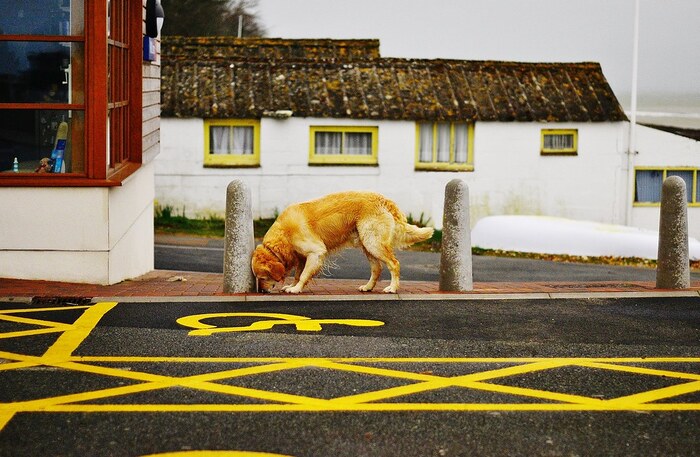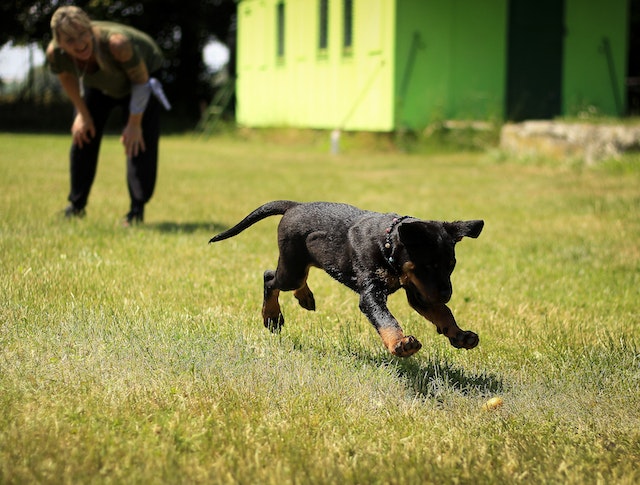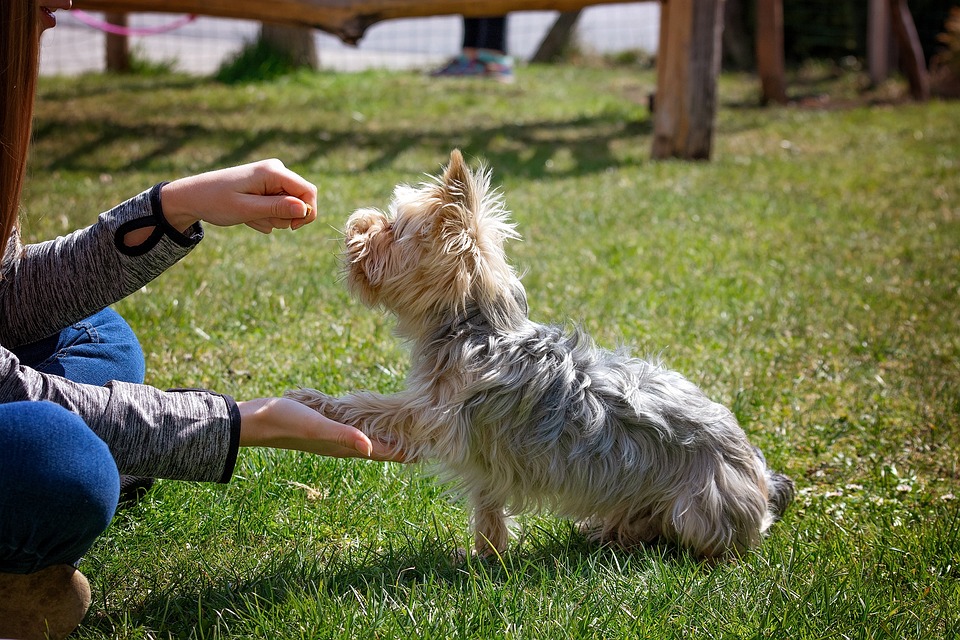
Dogs are loving and loyal creatures who require love, care, and consideration. Along with feeding, regular walks, exercises and training (if you would like your paw friend to have basic obedience skills), you need to bring them to regular veterinarian checks, groom, and brush their coat, so it can stay neat. Keeping your dog’s coat looking groomed and healthy has a positive impact on the dog’s appearance and passersby are more likely to develop a positive attitude towards them. Have you ever wondered what role dogs’ whiskers play, and should they be groomed as the rest of the hair on their bodies?
We would like to take a look at dogs’ whiskers, their importance for the normal functioning of our paw friends and will let you know whether you should groom them or not.
What Are Dogs’ Whiskers?
Whiskers are hairs, that may grow around a dog’s muzzle, jaw, upper lip and above their eyes, and are thicker and stiffer than the rest of their hair. They are also called vibrissae. Unlike human facial hair, dogs’ whiskers feature highly sensitive neurons that send sensory messages to the brain. Whiskers’ follicles are deeply rooted in the skin and are sensitive to even slightest changes of the air current. How exactly whiskers are located on the muzzle and all over the dog’s face, may vary for each dog.

What Role Do Whiskers Play?
Navigate the Surroundings
Most of you may already know that dogs have a great sense of smell that helps them traverse the surroundings. The number of olfactory receptors in dogs’ noses are much higher than the one in human noses. Moreover, the part of the brain in dogs, engaged in analyzing smells, is approximately 40 times bigger than the same part in a human brain. Despite how great sense of smell dogs have, their vision has not been developed so well. Dogs are farsighted which prevents them from seeing clearly nearby objects. Furthermore, their muzzle obstructs their visual field and whiskers help them detect objects near and under their chin. Through their whiskers, dogs find a way around their surroundings as they provide our paw friends with important information about the size and shape of various objects and help them evaluate the distance. Through their whiskers, which are high in sensitivity, dogs manage to gather valuable information about their environment. Whiskers protect dogs from bumping into branches or any kinds of objects on their way. Once whiskers detect an approaching object, that may cause the dog to blink and thus protect their eyes from its impact. Also, the sensitivity of the whiskers’ follicles helps canines navigate in the dark, especially in tight spaces. We can think of whiskers in dogs the same way we think of fingertips in humans- as tools highly sensitive to touch.
In general, we can say that vibrissae are dogs’ “eyes” as they are the main tool that provides them with details about their environment and protects them from objects that may injure them.
Part of Dogs’ Body Language
Whiskers are a part of a dog’s body that helps them communicate with other dogs and signalize threats on their way. When the whiskers of your paw friend are flared and directed forwards or downwards, this may be considered a sign that the dog is afraid or stressed. Usually, dogs use whiskers as a tool to communicate a threat, combined with vocalization (growling, whining), a certain type of body posture and bared teeth. It is important for owners to be able to read their dog’s body language as it identifies how their paw friend is currently feeling. Owners will be able to recognize triggers and factors that cause stress in their canines as well identify underlying health conditions and take immediate actions.

Hunting
Whiskers were primarily used for hunting purposes. Although nowadays, many dogs are being raised for companionship, many breeds were bred for hunting purposes, i.e., to hunt a quick game. Moving objects causes movements of the air, that are being detected by dogs’ whiskers. Whiskers are great tools that help dogs detect the size of their prey, how fast it is moving, the distance to it, as well as successfully navigate in the surroundings to get it. That way dogs are able to notify other dogs about the location of the prey.
Should You Cut Your Dog’s Whiskers?
We highly recommend that you never cut your dog’s whiskers, as you will interfere with their ability to navigate with the surroundings. As we explained above, whiskers play an important role for dogs to perceive the world and navigate through it. If a groomer accidentally trims your dog’s whiskers, the orientation skills of your paw friend may be affected. Although this will not be fatal for your paw friend, as whiskers will grow again, you may want to inform the groomer to be more careful and precise next time.












